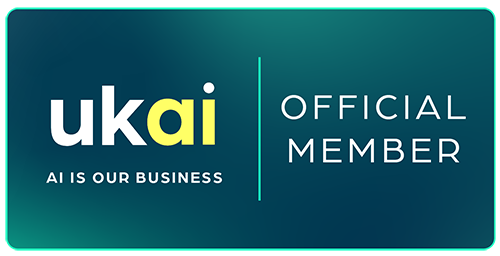Our client, a B2B business in retail, wanted to scale its performance on Bing, a platform that can be challenging to optimise due to its smaller audience share and heavy reliance on branded search. They needed a solution to expand revenue beyond branded search and drive incremental growth on Bing. Leveraging PMAX offered a promising path forward, despite mixed initial results from its beta phase.
Challenge
Scaling Bing campaigns has historically proven difficult, due to its smaller share of the total audience, performance has largely been driven by branded search, capping potential growth. Our challenge was to overcome this dependency on branded searches and unlock additional revenue streams using Bing’s PMAX.
Our Approach
Following some initial challenges with the PMAX beta phase, we decided to test it as a feed-only campaign by migrating our smart shopping setup. Our approach included:
- Importing feed-only PMAX with a ‘top vs. rest’ product strategy
- Testing asset groups with images and text
- Moderately optimising audience signals
- Integrating strategies from our Google PMAX campaigns
Solution
1. Feed-Only PMAX Trial
Due to limited success with smart shopping on Bing in the past, its use was limited; however, with the increased budget and the opportunity to scale, we introduced a Google Ads feed-only PMAX structure on Bing, categorising products into ‘top’ and ‘rest’.
Result
- Achieved a 377% ROAS solely from PMAX
- Asset groups showing improved performance when structured by subcategory instead of bulk groups.
2. Asset Group Testing with Images and Ad Text
We replicated a category-based PMAX approach from Google, incorporating images and ad text. To comply with Microsoft’s policies, we adjusted the text, removing any numerical values.
Result
- Achieved a 588% ROAS
- Outperforming the other PMAX campaigns individually
3. Incorporating Google Strategy
We adapted Google’s PMAX strategies on Bing by sub-categorising top products, adding competitor-focused asset groups, and removing overspending products, while keeping profitable Bing-only products.
Result
- For October, we achieved Google-like performance
- Branded search contributed 45% of the total revenue whilst PMAX contributed 40%
Results and Impact
- Exceeded Revenue Targets
Achieved a 12% increase in revenue YoY.`
- High Efficiency
ROAS scaled to 711%, driving significant profitability YoY
Key Learnings and Unknowns
1. Impact of Branded Search on Incremental Revenue
Without brand exclusion in Bing’s PMAX, it’s challenging to determine the exact impact of branded versus mid-funnel traffic.
2. Search Themes
Since these haven’t been tested on Bing yet, we’ll proceed with caution, using insights from Google where relevant.
If you’re ready to maximise your Bing performance and explore innovative scaling strategies, get in touch to discover how we can help you exceed your targets.










































